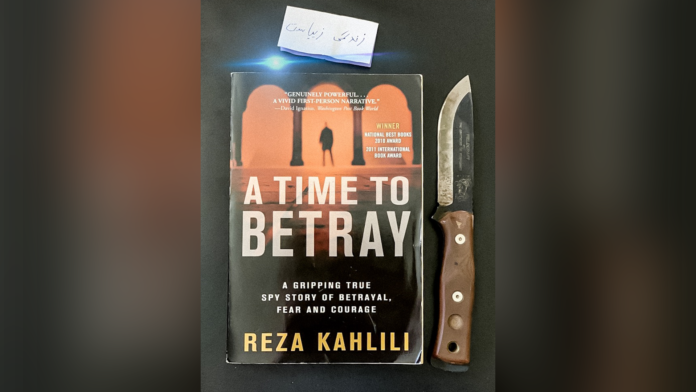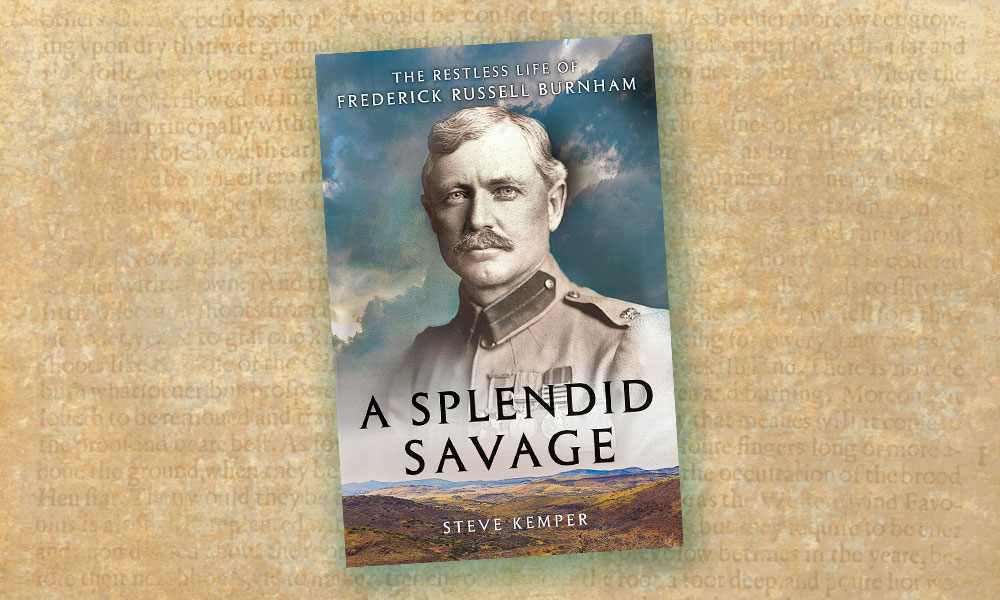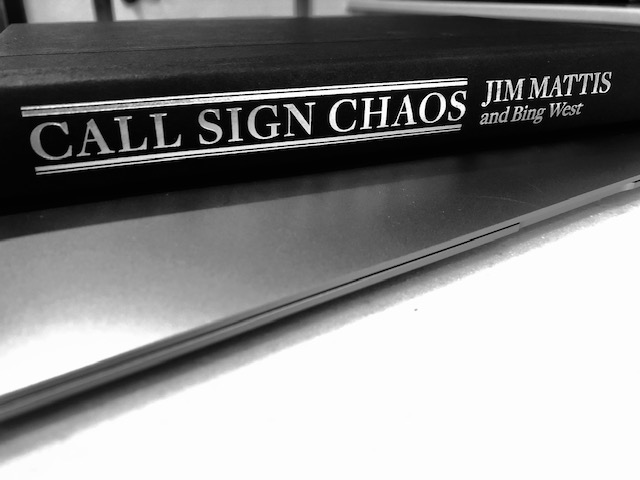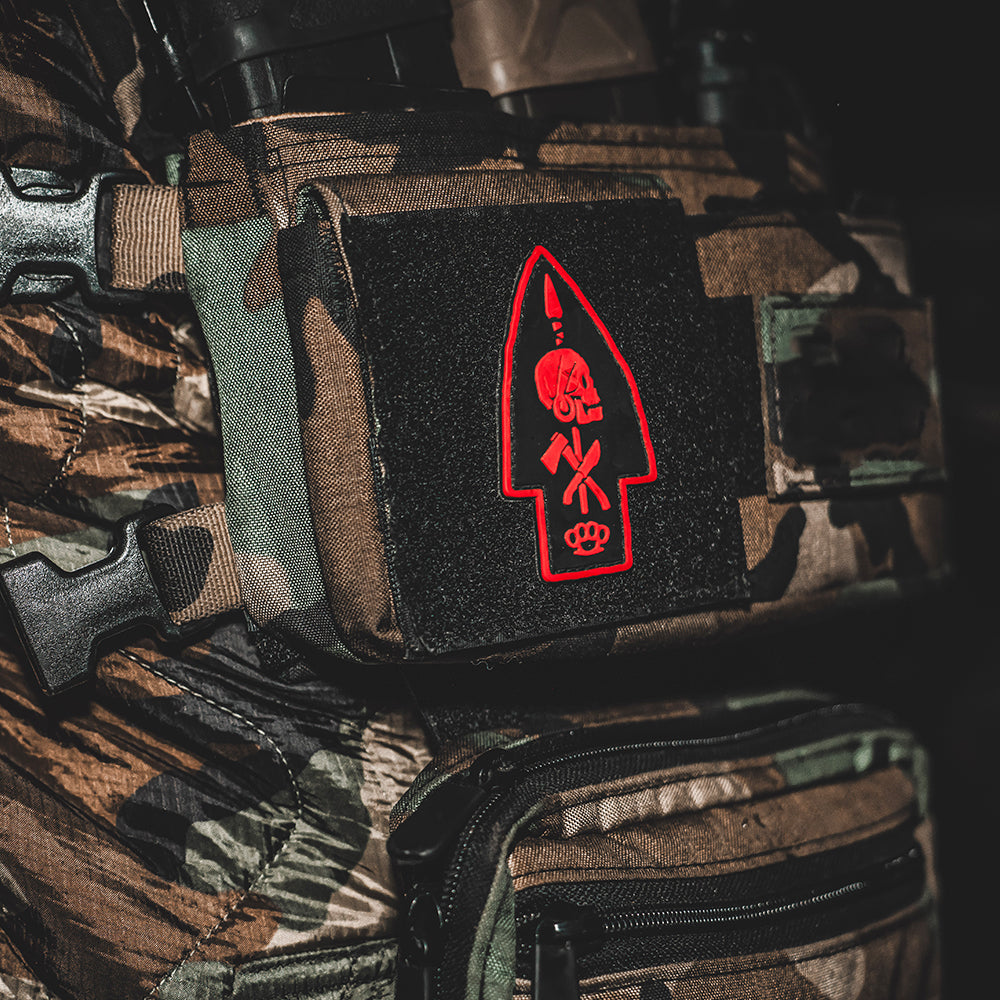
Book Review - A Time to Betray
The strained relationship between America and Iran would have been a surprise to citizens of both nations a short few decades ago. Our former premiere ally in the Middle East has been under scrutiny, sanctions, and threat of war since the Islamic revolution of Iran in 1979, and for good reason. A recent Pentagon report attributed one of every six American fatalities in Iraq to Iranian proxies or equipment. War with Iran, whether unconventional, cyber, or otherwise, seems possible on a near horizon. Yet most Americans don’t know much about the rich history and culture of Iran, how it plays into present conflicts, and how it could be used to our benefit for future solutions.
As active servicemen, veterans, and critical thinkers, it’s important for us to stay engaged and informed on current events. Once in a while, we run into primary source material which helps put the current events and their reasoning into perspective. That’s why I’d like to introduce the book A Time to Betray by Reza Kahlili. The book follows an Iranian Revolutionary Guard Corps officer through his life and career, detailing how he was flipped by the CIA to become one of America’s best foreign agents. Well written, informative, entertaining, and intense throughout, the book was required reading at the Defense Language Institute’s Persian Farsi school and the Department of Defense’s Joint Counterintelligence Training Academy.
Kahlili does a great job narrating a modern history of Iran to put the events that led to an Islamic revolution in perspective. In short, the US and Iran generally had great diplomatic relations from the American Civil War to the 1950s. Iran saw the US as a protector against British-Russian imperialistic expansion, and the US saw Iran as an independent oil-rich frontier bordering the Russian Empire/Soviet Union. As the US and Britain became friendlier, they convinced Iranian politicians and royalty to let them lay a joint infrastructure and develop the Anglo-Iranian Oil Company. #WhatCouldGoWrong
Iranians working for the oil company and its affiliates were generally treated poorly by westerners, and corruption among the Persian political elites and royalty sucked up whatever profits they could gain influence over. Money was not trickling down to the people of Iran as their vast oil wealth was being exported to western countries. A lawyer named Mohammad Mossadegh ran for Prime Minister on the platform that he’d nationalize Iran’s oil, ensuring the profits would be used to benefit the people of Iran rather than US and British corporate interests. Beloved for his charisma, generosity, and large smile, he won the 1951 election with overwhelming support from the common man and became Iran’s heroic grandfather figure, as well as Time Magazine’s Man of the Year.
This didn’t sit well with the US and Britain who counted on Iranian oil to supply their post-war forces and stay out of the hands of an ambitious Soviet Union. Shareholders of the company weren’t thrilled either and lobbied for force. A CIA intelligence officer named Kermit Roosevelt, great-grandson of President Theodore Roosevelt, was tasked with organizing a coup to overthrow the democratically elected Mossadegh. He involved the Shah of Iran, who was more of a figurehead king than a powerful political force, as well as several military officers and street gang leaders such as Shabone “The Brainless” Jafari. The coup worked and much to the anger of the Iranian people, Mossadegh was imprisoned and the Shah became dictator of Iran.
This is the era where Kahlili’s early life and story begins. Under the Shah’s rule, Iran and the US had a very warm relationship. Kahlili and his friends enjoyed US western movies, and the Iranian Dream was similar to the American one--a house, job, and car in sunny southern California. Kahlili got to live out this fantasy when he moved from Tehran to California for university where he studied computer science. Upon his return, chaos ensued with the 1979 Islamic Revolution. Kahlili does a great job detailing the cultural mechanisms that allowed the revolution to root and spread despite US and local efforts to contain it, as well as the changes that happened in daily Iranian life after the Mullahs seized power. #DontMeddleInOurElectionsThanksBye He was able to find a job through a childhood friend named Kazem who rode hard on the revolutionary wave, so Kahlili started fixing and maintaining computers for the Islamic Revolutionary Guard Corps.
Early in his career, Kahlili witnessed atrocities that pulled his heart from the revolutionary fervor around him. The final straw was at the infamous Evin Prison where he saw pious Islamic revolutionary militants use rape-as-torture on a rebellious teenage Persian girl standing up for her freedom, ultimately killing her. This drove Kahlili to contact the FBI who turned him over to the CIA.
Kahlili goes over many of the tactics, techniques, and procedures he and his CIA handlers used to stay in touch and pass information to each other. He writes about many of his own experiences as a double agent. He talks about a close call he had with IRGC counterintelligence operatives who were on to him, and mentions many small details about how his intelligence helped the US stay on top of Iran in the following years. For instance, Kahlili found out about a strain on aircraft parts and materials in the Iranian Air Force, and the US exploited this information by purchasing the materials Iran needed from virtually every global market. Kahlili’s placement, access, and loyalty to the US mission was unmatched.
In addition to writing about his own experiences as a spy, Kahlili discusses the historic events that defined or altered many of his objectives, such as the Iran-Iraq War, the downing of Pan-Am flight 103, the Iran-Contra Scandal, and various high-profile assassinations and acts of terrorism carried out by IRGC sleeper cells around the world.
While reading A Time to Betray, one must determine the veracity of information with a grain of salt. For obvious reasons, Reza Kahlili is a pen name and he disclaims in the beginning of the book that while the story is true, events and chronology have been altered to protect himself and his family. To this day, when Kahlili makes public appearances, he wears a hat, mask, and shades to conceal his identity. #TrueHoodrat
Whether on active duty or as a casual spectator who wants to stay informed, A Time to Betray is a wealthy timepiece of knowledge about modern Iranian history covering everything from politics to poetry. Kahlili’s book caters to crowds from soldiers to students, and everyone in between. A gripping thriller, most readers don’t complain when it shows up on the required reading list. Considering the ongoing pissing contest between Washington and Tehran, and it’s potential consequences, this is a great time to pick up A Time to Betray and develop a basic framework for understanding the modern US-Iran conflict.
Written By Ryan Sefid
9/17/19








